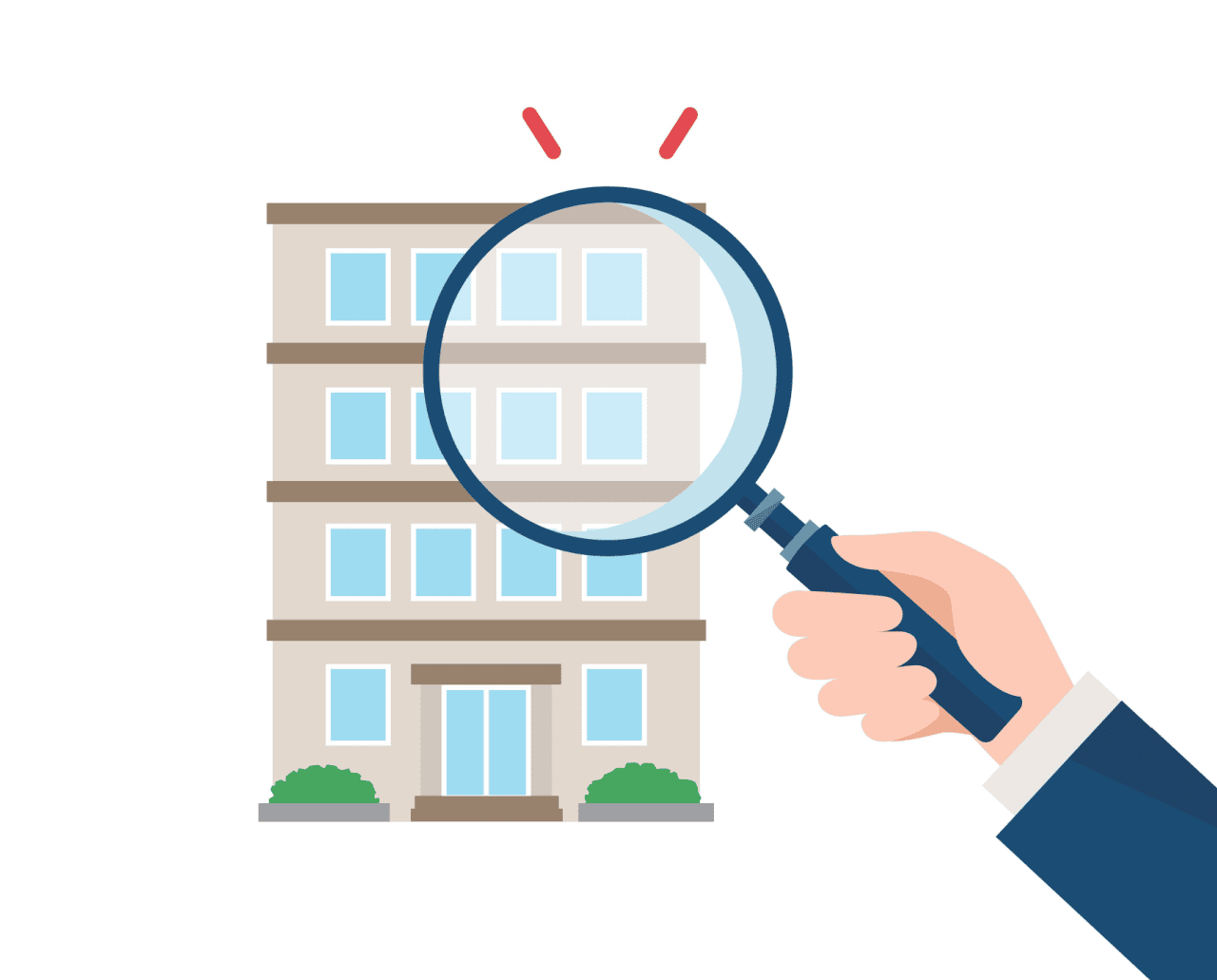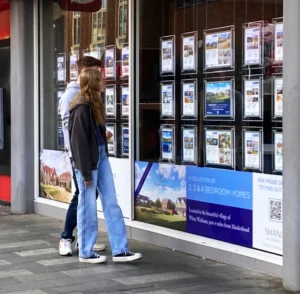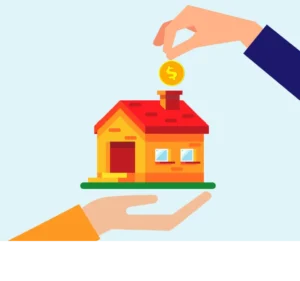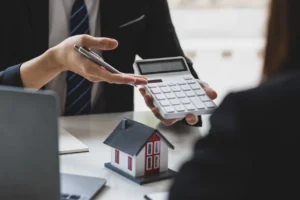
10 Items To Check in a DIY Rental Property Inspection
Conducting a periodic informational inspection/walkthrough of your rental property is important; we recommend it at least once a year. It allows you to understand the state of your property, troubleshoot for larger issues, plan some preventative maintenance and also build trust with your tenants (more on that in a bit).
While there are hundreds of items you could inspect in a walkthrough, we’re going to focus on the low-hanging fruit and the most important boxes to check.
Before we get into the list, here are a few pointers:
- Schedule this walkthrough far in advance with your tenants – they’ll keep it on the radar and (hopefully) focus on keeping the property in good shape. Most states require at least 48 hours of written notice before anyone enters the dwelling.
- Communicate to your tenants why you’re conducting this walkthrough. You want to know what’s going on with the property but you also want to make sure you’re providing a hospitable environment for your tenants.
- We recommend conducting these walkthroughs with a general contractor or maintenance pro as an unbiased third party and someone who can easily diagnose/fix certain issues.
Without further ado, here we 10 items to check in a rental property inspection:
1. Replace furnace filters
This is an easy one. You’ll need a filter on hand but it’s easy and not expensive. Replacing a broken furnace, on the other hand, is very expensive.
2. Replace smoke and carbon monoxide alarm batteries
Here is another easy one that is a critical safety tool. Aside from the liability you’ll have on your hands if these alarms don’t work during an emergency, let’s keep everyone safe!
Paying Too Much For Insurance?
Get a FREE quote to insure your rental properties for less.
3. Clean out dryer vents
While cleaning out a dryer vent may require slightly more elbow grease than changing batteries, it’s another important safety precaution. If your dryer can’t ventilate, two things can happen: Your dryer breaks ($$$) or, much worse, a fire can start.
4. Switch the GFIs
We can’t tell you how many calls we get for electrical work that can be solved with the push of a button. Get ahead of these issues by switching the GFI for your tenants.
5. Run water and check for leaks under the sinks
An easy way to do this is to turn on the water and throw a baking pan under the plumbing to see if any liquid is captured. Sometimes leaks can be small, but they can cause serious damage.
6. Turn on all appliances
Checking to see that appliances are in good working order is definitely helpful. Appliances are expensive and that weird sound your dishwasher is making may indicate a new one is in your future.
7. Run the garbage disposal
The No. 1 maintenance request landlords receive is for garbage disposals. We recommend giving them a tighten with an Allen wrench and/or a reset. Olive pits love giving landlords a headache.
8. Test the heating and air conditioning
You’re required as a landlord to provide a humane environment for your tenants; this means a livable temperature. We like to turn the AC on full blast to check, then switch to heat – it’s easy to inspect other items while checking these systems.
9. Inspect crawl spaces and attics
Pests and water damage love the areas of your property where people don’t hang out. It’s pretty easy to spot both (poop and watermarks) and if left untreated, they can cause big problems.
10. Check ceilings, walls, floors, doors, and windows
All right, so we crammed a few into No. 10 here, but they’re all important. Any sign of water damage is a big red flag and requires an immediate solution. Walls/ceilings/floors are expensive fixes.
Source: Rental Housing Journal













 Accessibility
Accessibility